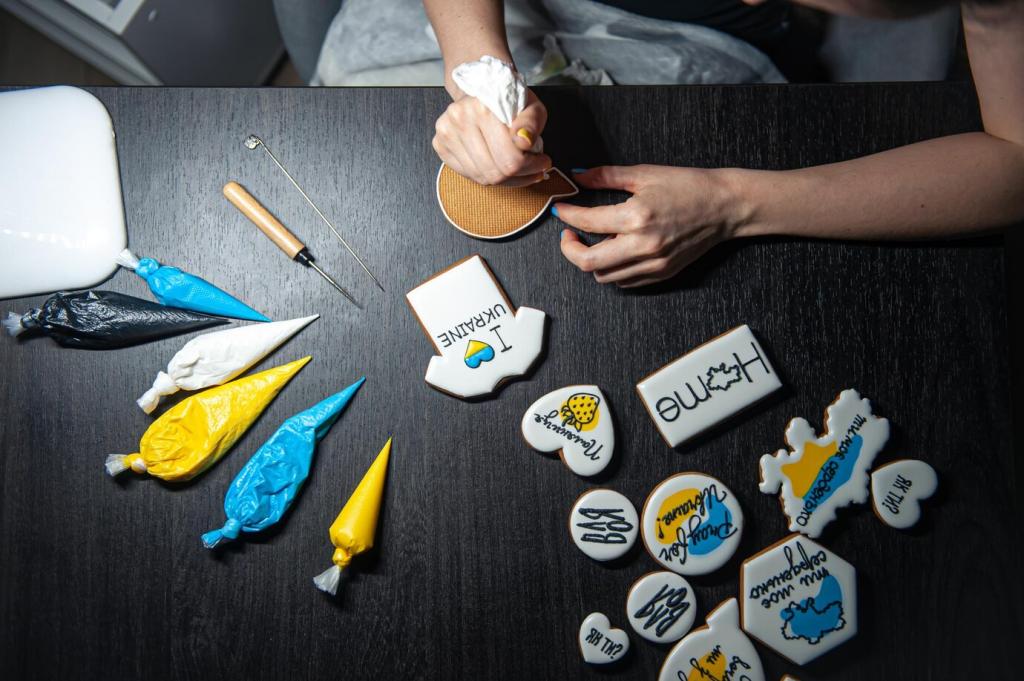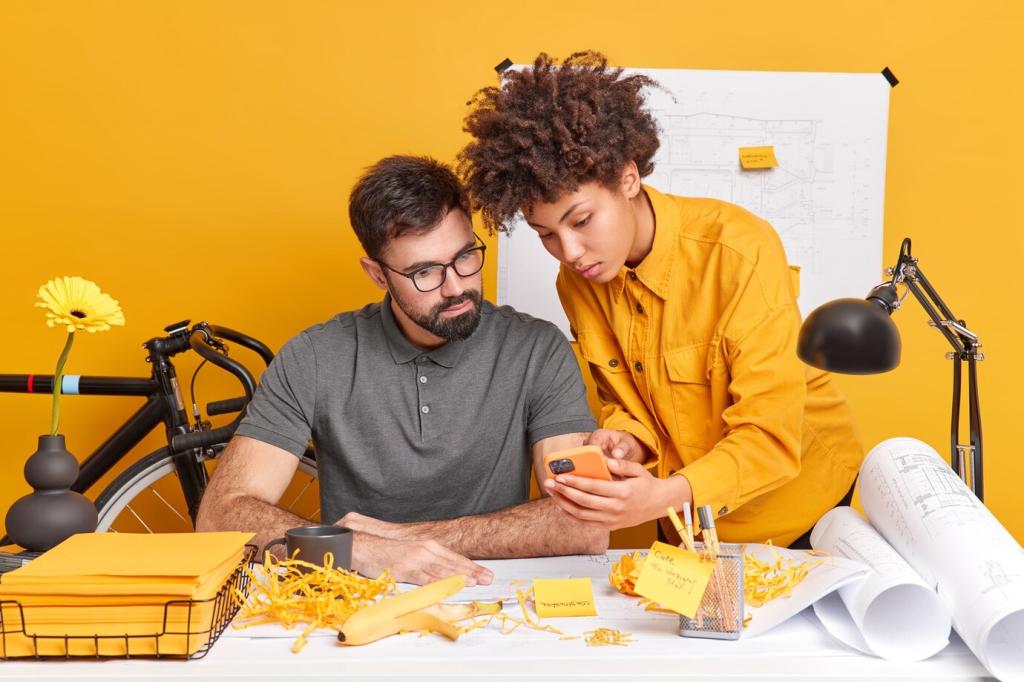Virtual Reality in Interior Design Customization
Virtual Reality (VR) is revolutionizing the way we approach interior design customization, offering immersive and interactive experiences that were once unimaginable. With cutting-edge technology, designers and clients can now visualize, explore, and modify living and working spaces before a single piece of furniture is moved. VR brings concepts to life, providing unparalleled insight into color schemes, spatial arrangements, and aesthetic themes, making interior design more user-centric, precise, and engaging.
Immersive Visualization in Design
Real-Time Exploration
With VR technology, users can explore a virtual representation of their space in real time, moving through rooms and viewing designs from multiple angles. This freedom of movement mimics the experience of walking through an actual environment, making it much easier to identify design strengths and weaknesses before making physical changes. Clients can experience the flow and functionality of a space, gaining a deeper appreciation of how different design elements interact. Real-time exploration provides immediate feedback, facilitating more informed decisions.
Enhanced Spatial Understanding
One of the significant challenges in interior design has always been communicating spatial relationships and dimensions to clients. VR eliminates much of this ambiguity by allowing individuals to see and feel the proportions of a space firsthand. Through virtual walkthroughs, clients can understand how furniture, lighting, and decor fit together, ensuring that layouts are both practical and aesthetically pleasing. This heightened spatial awareness reduces the risk of costly mistakes and revisions.
Emotional Engagement
Stepping into a virtual version of a future living room or office evokes a sense of excitement and engagement that static images simply can’t replicate. Clients become emotionally invested in the project as they see their visions come to life around them. This engagement not only strengthens the client-designer relationship but also encourages more creative and collaborative customization. Virtual reality fosters genuine enthusiasm and participation, making the entire design process more enjoyable and productive.
Customization Flexibility and Personalization

Instant Material and Color Changes
In the virtual realm, altering materials, textures, and color schemes is as simple as a few clicks. Clients can witness the impact of different choices immediately, allowing them to compare various options side by side. Rather than relying on visual imagination or sample swatches, users see exactly how these changes affect the mood and harmony of a space. This immediate feedback loop accelerates the decision-making process and provides increased confidence in the final selections.
Layout Experimentation
VR unlocks the freedom to experiment with different furniture arrangements and room configurations without any physical effort. Clients and designers can drag, drop, and rearrange elements within the virtual model, exploring countless possibilities until the ideal balance is found. This real-time experimentation enables the discovery of creative solutions that might otherwise go unnoticed, ensuring the space meets both functional and aesthetic requirements.

Tailored Lighting Scenarios
Lighting plays a crucial role in interior design, influencing everything from color perception to ambiance. VR customization tools can simulate various lighting scenarios, from natural daylight to evening illumination, allowing users to see how light interacts with materials, colors, and layouts. This tailored approach ensures that lighting design is not left as an afterthought but is thoroughly integrated from the beginning, optimizing the atmosphere and utility of every room.
Collaborative Design Process
With VR, designers and clients no longer need to be in the same physical location to work together effectively. Meetings can occur within the virtual model, where all participants can view and discuss proposed designs in real time. This capability is particularly valuable for projects involving multiple stakeholders or when clients are unable to visit design studios in person. Remote engagement ensures that every voice is heard, and design intent is preserved throughout the process.

